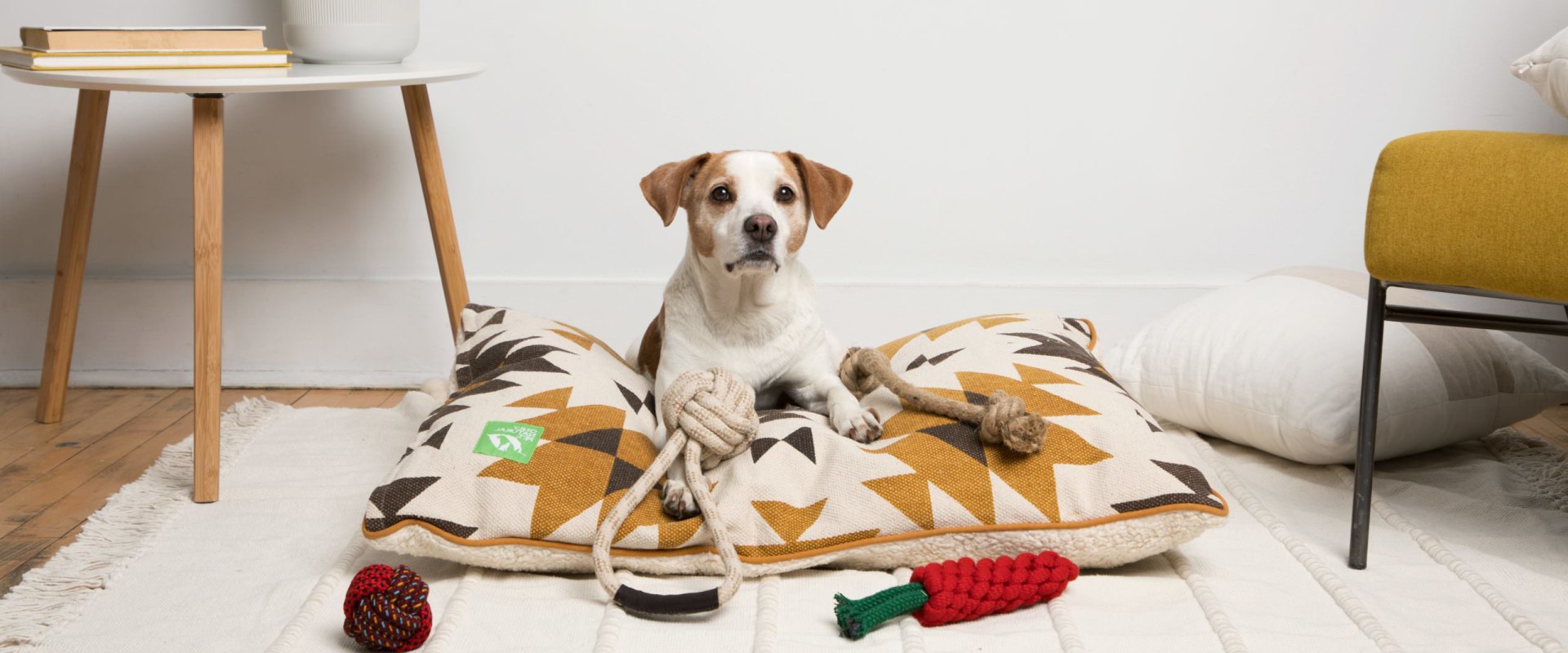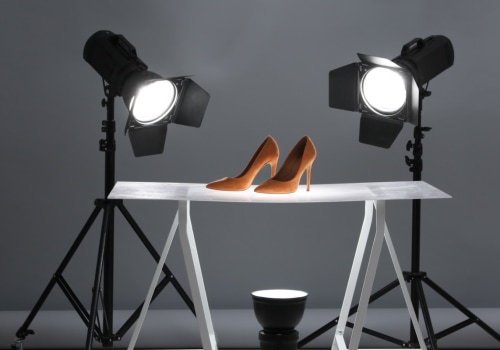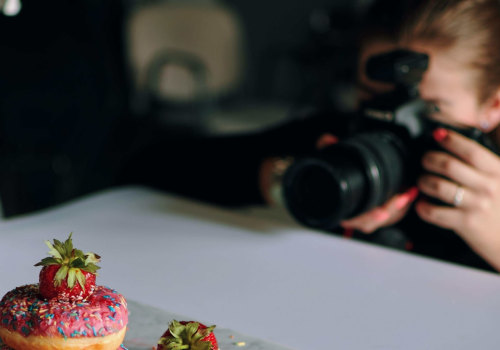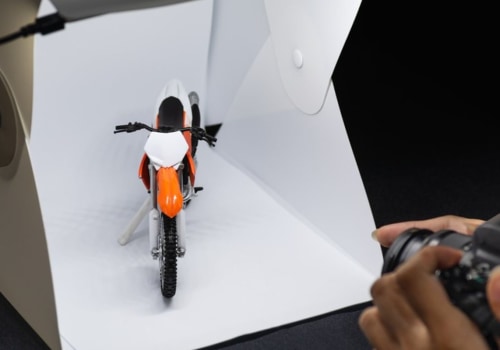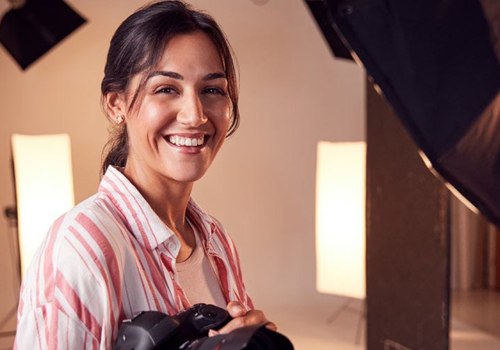Camera phone technology can really be summed up in one simple concept: pure and simple convenience. Not only will the best camera phones have powerful image sensors (for example, the Samsung Galaxy S23 Ultra (opens in a new tab) has an impressive 108 MP sensor, more than most of the best professional cameras), but they will also have incredible computational photography functions that will take a few milliseconds to process the images you capture and improve aspects such as sharpness, white balance and more. The Pixel 7 Pro is simply the best camera phone you can buy at its price, it's that simple. It cleans the floor with the similarly priced iPhone 14 and also beats the much more expensive iPhone 14 Pro in some key areas.
Read our full Google Pixel 7 Pro review (opens in a new tab) for more details. In our first impressions of the Samsung Galaxy S23 Ultra, we came to the conclusion that this is a nice phone. Samsung has opted for a minimalist and clean style this year, and it has really paid off, with a fresh and sophisticated style, which is also clearly different from that of the other major manufacturers. The iPhone 14 Pro is a serious, pocket-sized powerhouse.
Yes, it's thick, but its relatively compact size and wide combination of camera and power make it an attractive option, especially for photographers. While it's a shame that there isn't a professional mode for manual photography, the 14 Pro's 48 MP RAW photos capture great results. Automated photo processing is also one of the best, if not the best, we've seen on a phone. In addition, while the lack of a periscope zoom is a problem when using the Pro, smaller phones expect a long-range zoom less.
So while the new iPhone 14 Pro is expensive, it's a powerful phone with a bright, powerful camera that lasts a whole day. If you're an Apple fan who likes more compact phones, the iPhone 14 is a no-brainer. But if you consider yourself an advanced user who needs a better battery and the best viewing experience, then you should think about getting the 14 Pro Max. Read our full review of the iPhone 14 Pro (opens in a new tab) Generally speaking, this is a big, stylish and powerful smartphone.
Its 6.8-inch AMOLED screen is perfect, with smooth movements, vivid colors, impressive brightness and a resolution of 500 pixels per inch. The S Pen stylus is brilliant and gives you the kind of productivity you previously only had with a Galaxy Note. It has a powerful 5000 mAh battery to work for hours, and the design and look of the phone are simple but, in our eyes, very elegant. Read our full Samsung Galaxy S22 Ultra review (opens in a new tab) to learn more.
The Google Pixel 7 is a very safe bet for photographers who want a balanced phone. Yes, you have to sacrifice manual control a bit: not having professional mode or accessing 50 MP RAW photos is not ideal. But for a point-and-shoot mobile, nothing in the Pixel's price range can beat it. The Galaxy Z Fold 4 includes an improved camera matrix compared to the Z Fold 3, and Samsung's camera software has also been revised.
We weren't impressed by the Z Fold 4's automatic mode (it's good, but nothing special, especially considering the price of the phone), but the phone's manual modes and Expert RAW features are great. This is especially true when combined with Flex mode, for super stable shots. The rest of the phone is premium across the board. The design seems sturdy and durable, it's not as thin as that of the Xiaomi Mix Fold 2, but it's definitely tougher.
IPX8 water resistance is also a big plus for Samsung's foldable phones, and the Z Fold 4's hinge, which locks at almost any point in the 180º rotation, is also impressive. Competing foldable models (available in China) are opened or closed by spring, on the contrary, preventing them from operating with a Flex Mode-style interface. Add S Pen compatibility and decent battery life to the mix, and the Galaxy Z Fold 4 is a powerful, foldable smartphone. Of course, we would have liked to have better camera hardware, but considering how much better the photographic experience is year after year and how useful the large screen of the Z Fold 4 is for third-party photography applications, it's still a great choice.
Read our full review of the Samsung Galaxy Z Fold 4 (opens in a new tab) for more information Read our full review of the Sony Xperia 1 III (opens in a new tab) for more information The OnePlus 10 Pro has an attractive body, an impressive screen and great power. It's a great gaming phone that also offers you impressive value for money. While the 48 MP main camera is impressive in some areas (the photos are processed dynamically and look rich, the details are fair and the ultra-wide field of view is stellar), the 10 Pro has some peculiarities, such as the color inconsistency between the rear cameras and the lack of autofocus of the ultra-wide Snapper. The OnePlus 10 Pro is a great phone, but some exceptional competitors beat it.
Read our full OnePlus 10 Pro review (opens in a new tab) to learn more. From a photographic point of view, the iPhone 14 is a great piece of equipment, especially if you just want to take and share high-quality photos through social networks without having to process them too much. However, the most serious photographer will miss the possibility of taking photos in RAW (. dng format) so that they can enjoy adjusting the appearance of their images in a digital darkroom, such as Adobe Camera Raw.
The new Action mode on the iPhone 14 produces incredibly smooth, hand-held camera-free images, eliminating the need to stabilize them in a non-linear editing application, but serious filmmakers may also want the option of shooting in HDR Dolby Vision, which will guide them in the direction of the iPhone 14 Pro or Pro Max. The iPhone 14's lack of a telephoto camera and macro mode will also cause many photographers to spend extra money to buy an iPhone Pro model. Read our full review of the iPhone 14 (opens in a new tab) for more information Read our full review of the Samsung Galaxy S21 Ultra (opens in a new tab) for more information The latest iPhone 14 Pro and Pro Max are now the best iPhones for photographers, but the previous iPhone 13 is still a force to be reckoned with. Compared to the iPhone 12 Pro, the iPhone 13 Pro has a new and useful macro mode, plus improved low-light shooting with the ultra-wide camera, plus an ingenious cinematic video mode that's good to have if you're a budding filmmaker.
As for the camera hardware, Apple opted for a triple-lens configuration for the iPhone 13 Pro, which gave us a standard, ultra-wide-angle and telephoto lens. We have the same focal lengths as the iPhone 12 Pro for the standard 26 mm lens (equivalent) and the ultra-wide 13 mm lens (0.5x), but the telephoto lens has been expanded to a 3x (78 mm) offering, compared to the 2x lens of the iPhone 12 Pro. Overall, the iPhone 13 Pro still produces fantastic picture and video quality, and it's now a previous generation phone and there are discounted deals. Read our full review of the iPhone 13 Pro for more details.
The iPhone 13 Pro Max is already a generation old, but you'll barely know. Compared to the iPhone 13 Pro, it shares the same cameras and technology, but has a larger screen (6.7 inches versus 6.1 inches). The Pro Max also has a slightly longer battery life, up to 28 hours of video playback, compared to 22 hours of the smaller Pro 13. It might be tempting to choose the Pro Max over the regular Pro model just to get “the best of everything”.
The regular Pro costs enough, so why don't you take the last step and get a bigger screen? Well, some may simply find it too big to be comfortable to use every day. There's no doubt that the iPhone 13 Pro Max is still a truly impressive camera phone, whether you're taking photos or shooting videos, and now that it's a next-gen phone, you can find tempting offers. Read our full review of the iPhone 13 Pro Max (opens in a new tab) for more details The best budget camera phones (opens in a new tab), the 10 best cameras for enthusiasts (opens in a new tab), the best camera backpacks you can buy right now (opens in a new tab), the best monopods (opens in a new tab), the best camera backpacks (opens in a new tab), The best LED panel panels Luz (opens in a new tab) He is a member of the Royal Society of Arts, has a degree in Horseback Science and has a master's degree in Editing. He is a member of Nikon NPS and has been a Nikon user since the days of the film, with a Nikon F5 and witnessed the digital transition with Nikon D series cameras and, to this day, he remains the youngest member to be elected a member of BEWA, the British Equestrian Writers Association.
For product photography, the Apple iPhone 11 Pro has a lot of features that are easy to appreciate. The smartphone has a set of triple cameras, including a wide-angle, ultra-wide-angle and telephoto lens, all 12 megapixels. Getting the best phone for photographing products is only half the battle. To get the best results with a smartphone, you'll need a few tricks up your sleeve.
Here are 10 simple tips you can use to make sure your images look good. The Xiaomi Redmi Note 8 is a good mid-range phone that has some interesting features and is sold at a very low price. The phone has a really cool and modern design, a good battery and a solid chipset. We're really worth our money with this phone.
It's sure to be quality at a low price. Therefore, it is on our list of the best phones for product photography. When choosing the best mobile phone for photography, apart from the usual specifications, you'll have to make sure that the camera system is decent for photographing your product. So if you stick to our selection of the best phones for product photography, you're good to go.
He is familiar with medium and large format photography and shows a great interest in it with products from Phase One, Hasselblad, Alpa and Sinar, and has used many film cameras from companies such as Sony, RED, ARRI and many others. The lens allows enough light to enter to ensure that your product photograph looks professional. Take action when it comes to shooting portraits and close-range shots, such as product photography. The goal is to make the product stand out and look its best, but the image must still be an accurate representation of what the product actually looks like.
The Google Pixel has an impressive camera, perfect for those who want to practice photographing their products. We describe each phone in detail and describe the features that make it a good choice for product photography. An easy and reliable way to increase the perceived value of your product is through visual images, taken so that the product looks as good as it is or even better. If your product is more complex (for example, if it's reflective or you're photographing white products on white backgrounds), you need more editing (such as removing the background or retouching), or you simply need to edit in bulk and you don't want to do it yourself, take advantage of a service like Pixelz.
To photograph products with a smartphone, you won't need a 1-inch sensor, but Sony Xperia insists. So, yes, smartphone cameras are ideal for product photography if the camera hardware knows how to handle colors and nearby objects. This simple photo tool combats bright light and strong shadows, making it easy to create professional-looking product images. That said, some smartphones will offer better images than others; here's a list of the best smartphones for product photography.
For business owners working on a shoestring budget, product photography with a smartphone can offer great results. For small business owners working on a shoestring budget, product photography with smartphones is still an affordable option. .
